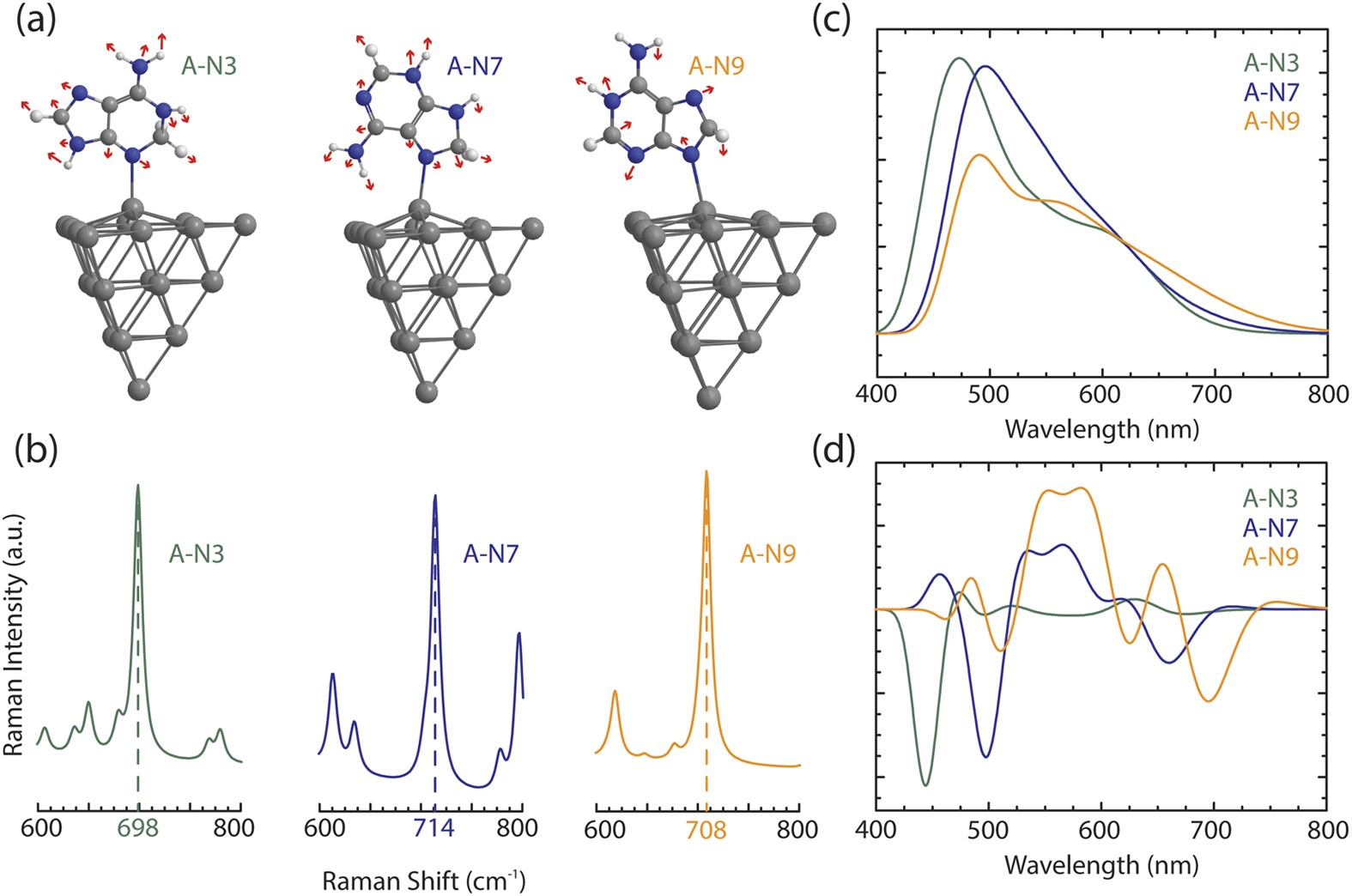
nitrogen atom N1 or N3 of adenine) that bind to the silver nanoparticles significantly affect the generated chemical resonance enhancement as the charge-transfer between the nucleic acids and silver modulates the electronic transitions and the molecular configuration induces a change in the polarizability. The specific atoms of the nucleic acids (e.g. The electron transfer between silver and nucleic acids creates electronic transitions that induce a chemical resonance enhancement for surface-enhanced Raman spectroscopy (SERS) 10, 11, 12, 13, a valuable tool for molecular analysis that detects vibrational fingerprints 14, 15, 16.

Silver nanoparticles functionalized with nucleic acids are unique platforms offering beneficial optical properties that can be exploited for bioimaging and sensing applications, including generation of fluorescence 1, 2, 3, 4, 5 and enhancement of Raman signals 6, 7, 8, 9.


 0 kommentar(er)
0 kommentar(er)
